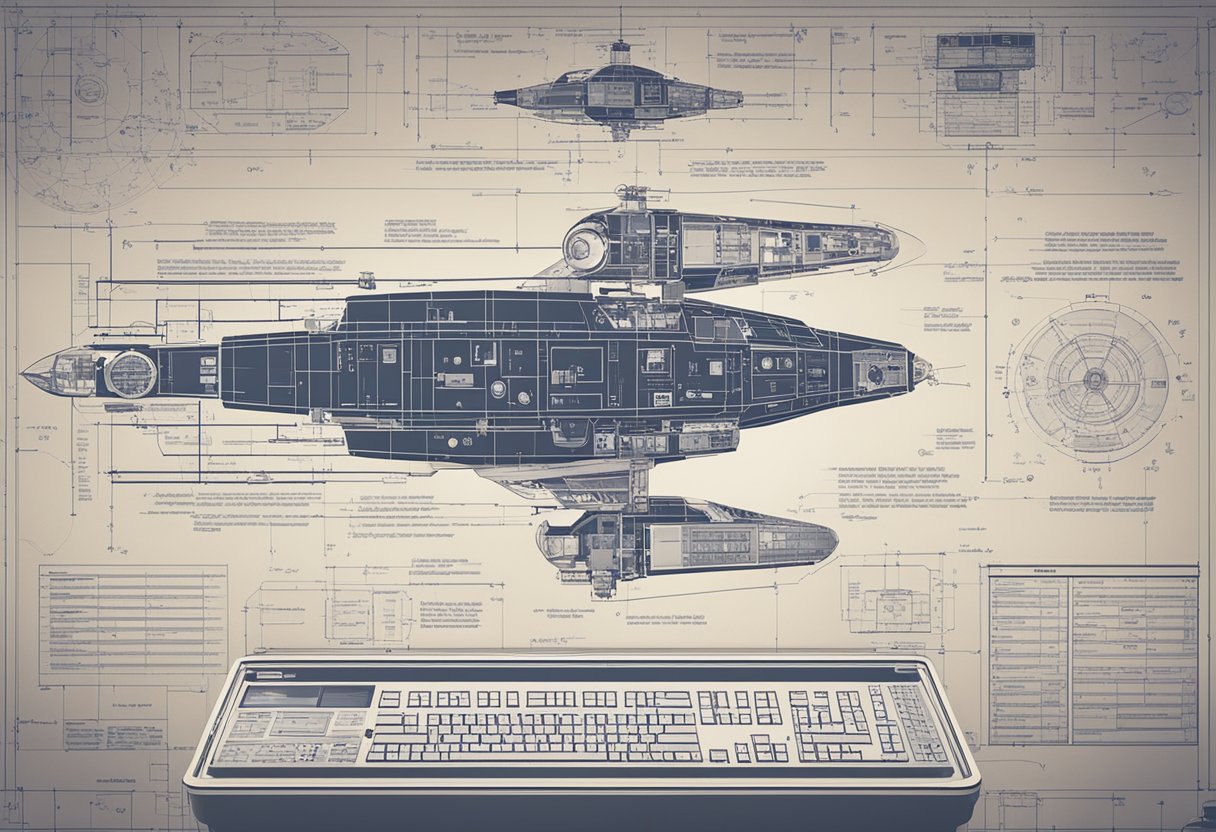
Space Mission Preparation Checklist: Embarking on a space mission is a complex, multifaceted process that requires meticulous preparation and a range of expertise. At NASA and other space agencies, the journey from the initial concept of a mission to its execution and beyond is an intricate dance of planning, training, and collaboration. We immerse ourselves in an environment where every detail is scrutinised to ensure the safety and success of the endeavour, from the selection and training of a capable crew to the refinement of the spacecraft’s design.
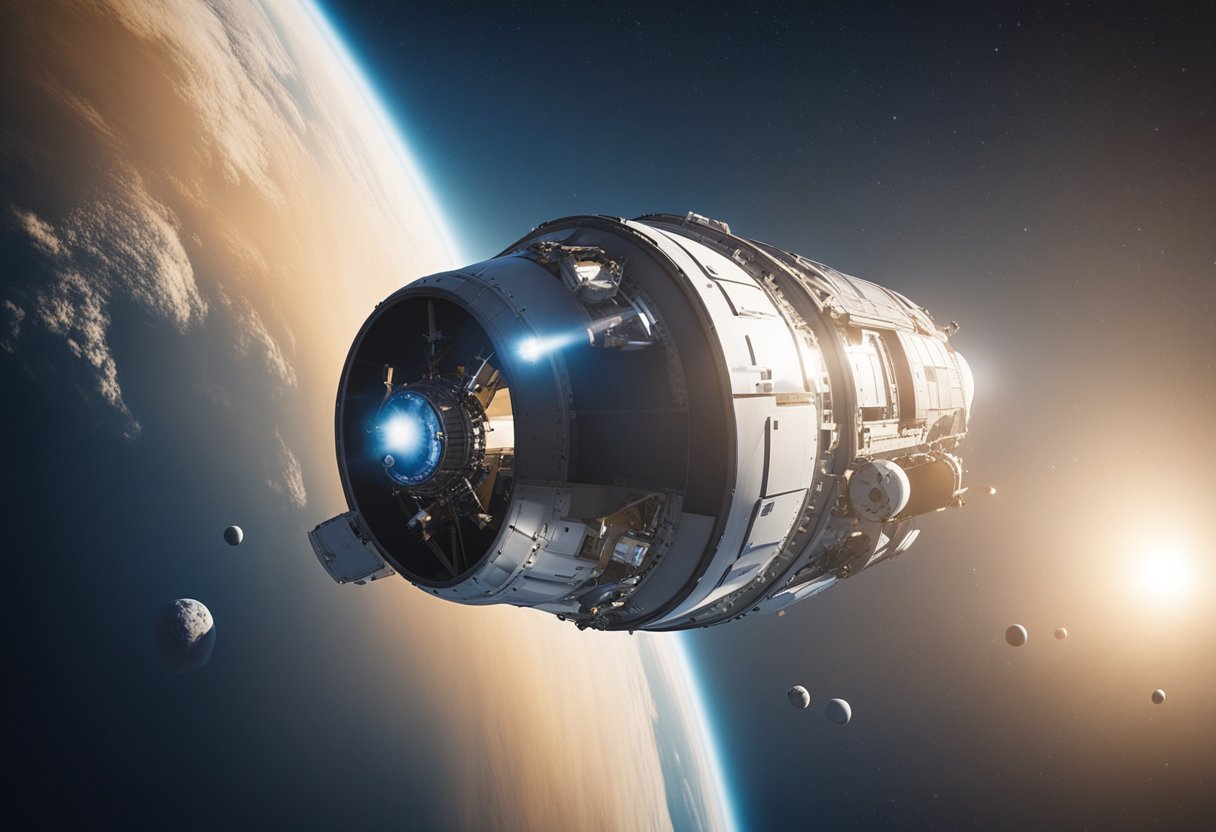
We establish a comprehensive checklist that guides us through each phase of the mission. This encompasses the design and development of scientific instruments, rigorous risk assessment and mitigation, the intricate logistics of launch operations, and the vital partnership with the International Space Station. Furthermore, we carry out methodical on-orbit operations and plan for safe return to Earth’s surface, culminating in detailed post-mission analysis.

Before embarking on a space mission, it’s crucial that we have a clear understanding of the mission’s overview. This includes defining the mission’s primary objective, establishing a concrete timeline, and identifying key milestones that mark significant progress points.
Our mission objective is the cornerstone around which all planning and execution revolve. For example, if our objective is scientific exploration, we would be focusing on gathering data and conducting experiments. Alternatively, if our mission is centred on space tourism, as envisaged by early platforms like SpaceVoyageVentures.com, the objective would be to provide a safe and memorable experience for tourists.
A well-defined timeline is essential for the meticulous coordination of all mission activities. This includes pre-launch preparations, the launch event itself, the execution of the mission in space, and finally, the return to Earth. The timeline must be realistic and account for training, testing, and potential contingencies.
Key milestones within a space mission may include:
In space missions, the right combination of crew is as crucial as the mission design itself. We understand that an astronaut’s profile must fit the technical needs and risks of space travel, and their training must prepare them comprehensively for the unexpected.
Astronaut candidates come from a variety of backgrounds, with engineering being a common discipline. It’s vital that they not only possess the technical know-how but also the psychological fortitude to handle high-risk environments. We examine candidates for traits such as resilience, adaptability, and teamwork.
Once selected, astronauts embark on a rigorous training regimen. This involves simulations of spacewalks, operation of spacecraft systems, and emergency procedures. Intensive training for specific mission roles also equips astronauts with the necessary skills to manage complex engineering tasks under pressure.
Ensuring the health and safety of astronauts is our precedence. We conduct regular physical examinations and provide psychological support to maintain peak condition. Safety drills are an integral part of the training, which prepares the crew for potential emergencies, minimising risks during the actual mission.
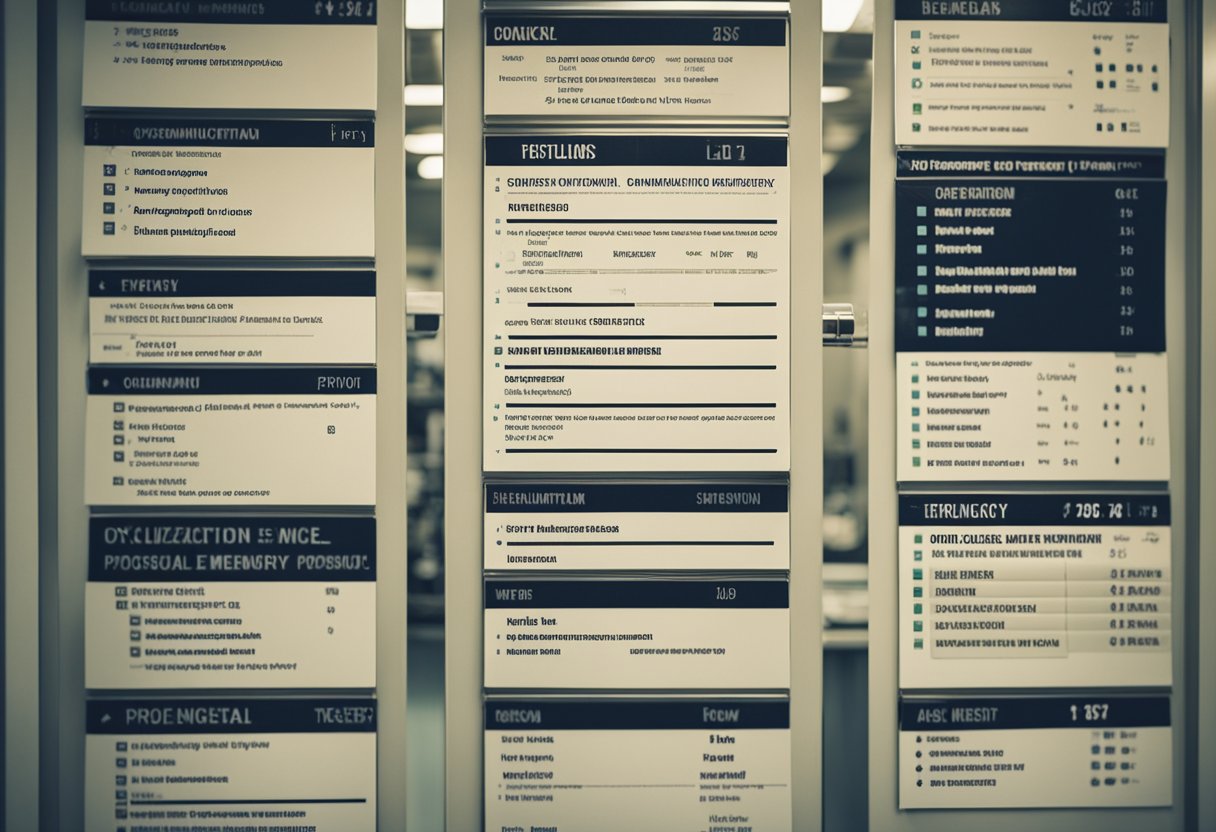
In this section, we cover the foundational aspects of spacecraft design and development, focusing on the essential engineering principles, the integration of spacecraft systems, and the critical testing protocols.
We adhere to stringent engineering principles to ensure the spacecraft meets the highest standards of reliability and safety. Our engineering team concentrates on robust propulsion and control systems which form the backbone of any spacecraft. The propulsion mechanisms allow for precise manoeuvring and thrust, while the control systems maintain stability and navigation integrity throughout the mission.
Integration of spacecraft systems is a meticulous process where all individual components come together to function as one coherent unit. We pay particular attention to the compatibility of subsystems, creating an environment where propulsion interfaces seamlessly with onboard control systems. This synchronicity is vital for successful mission outcomes.
Testing protocols are in place to guarantee that each spacecraft is fit for the rigours of space. We execute a series of tests, from vibration testing to thermal vacuum chambers, to simulate space conditions and validate the integrity of all spacecraft systems. These procedures are crucial as they help us detect and rectify any potential weaknesses or failures before launch.
Our efforts in spacecraft design and development underpin our confidence in providing safe and revolutionary space experiences soon to be documented on SpaceVoyageVentures.com.
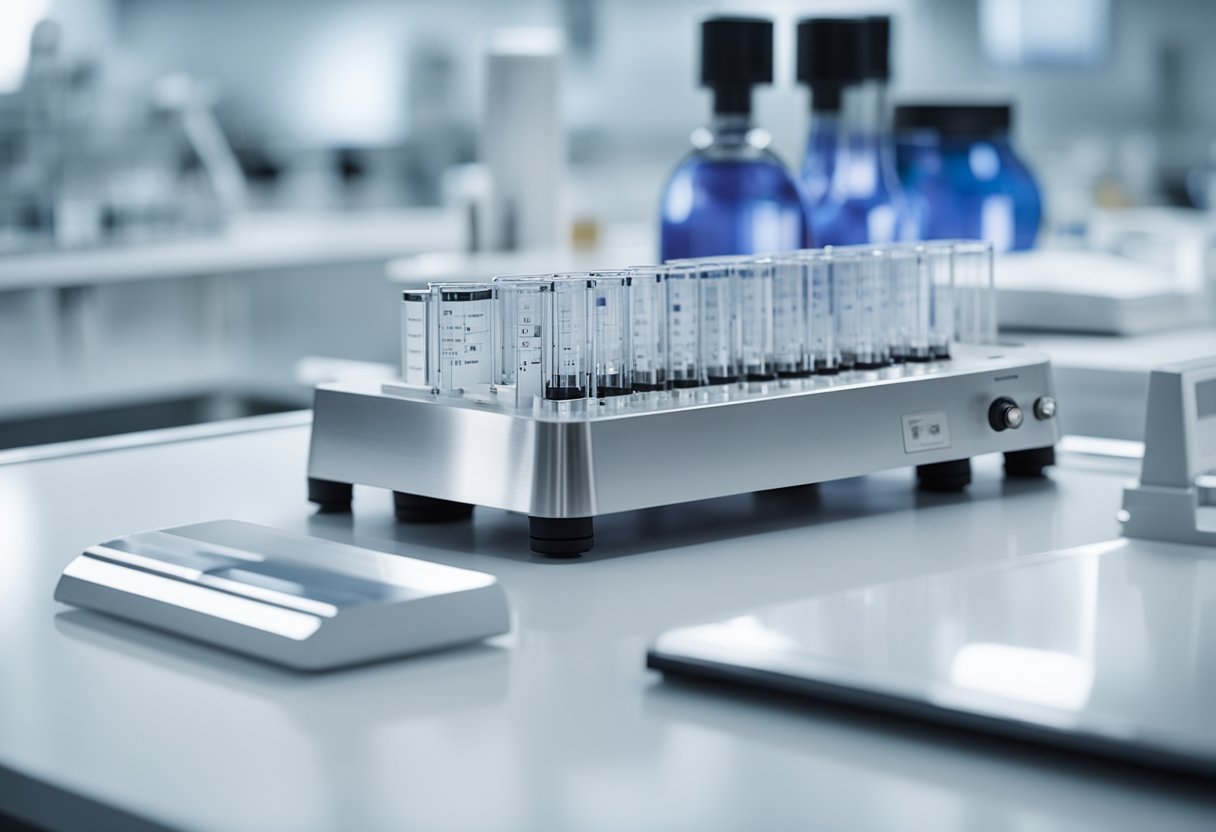
When we prepare for a space mission, the scientific instrumentation is the cornerstone of the entire endeavour. It’s imperative that we configure our instruments precisely, plan our onboard experiments thoughtfully, and set up robust data collection methods to ensure the success of the mission.
We meticulously select and configure the instruments on board to align with our mission’s scientific objectives. Each instrument must be calibrated to operate optimally in the harsh environment of space. We may, for instance, employ spectrometers designed to analyse chemical compositions or cameras to capture high-resolution images. Engineers and scientists work closely to ensure that the integration of these instruments with the spacecraft’s systems meets exacting standards.
The onboard experiments are planned by our team of scientists with the utmost attention to detail. We determine the scientific experiments that will yield the most valuable data, considering factors such as the mission duration, target destination, and the potential for groundbreaking discoveries. These experiments could include studying cosmic radiation effects, analysing extraterrestrial samples, or observing astronomical phenomena.
Our approach to data collection is systematic and comprehensively planned. We ensure that the instruments have the capacity to store or transmit the data back to Earth for analysis. The integrity and fidelity of the data are paramount, so we often include redundant systems to mitigate the risk of data loss. Additionally, we prepare for the Earth-based instruments and associated sample preparation procedures that will be required once samples return from the mission.
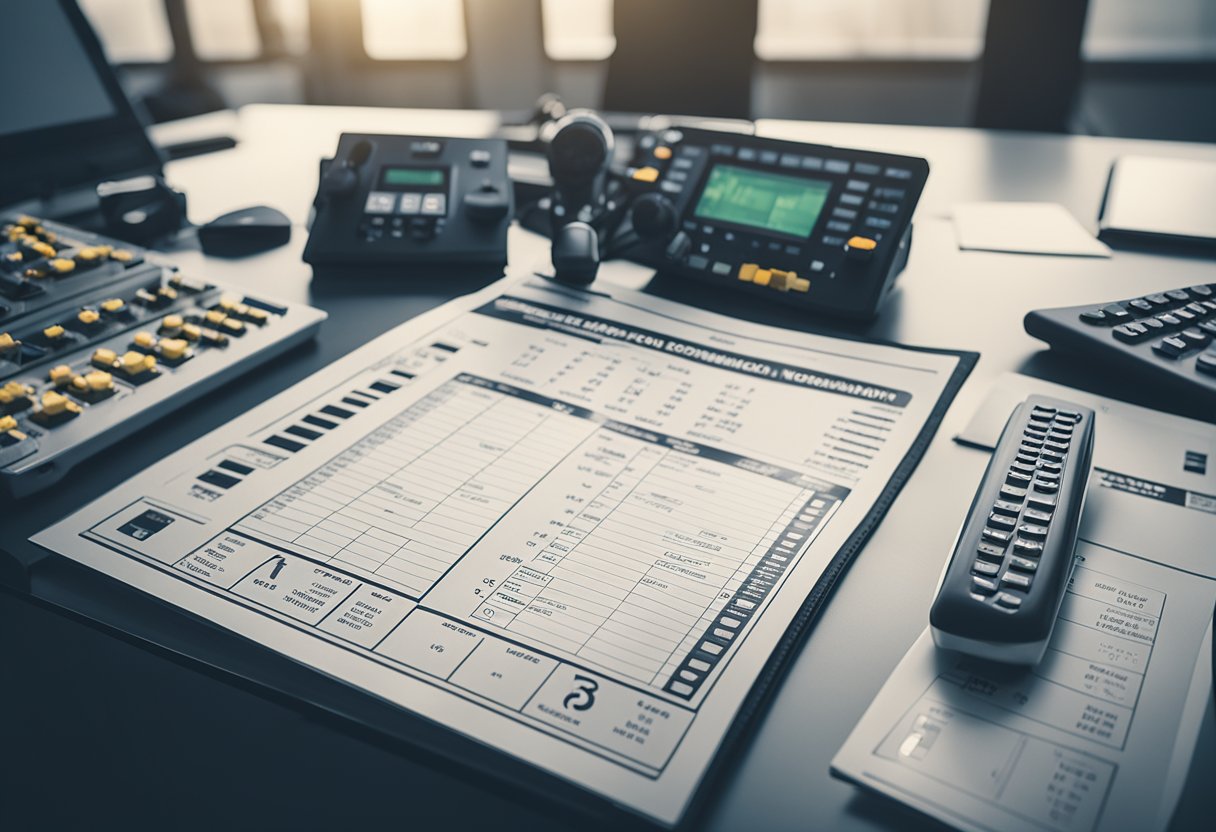
Risk assessment and mitigation are pivotal in preparing for space missions. We carefully consider potential hazards and formulate robust contingency plans.
Identifying potential hazards requires collaboration between scientists and engineers. We systematically analyse various mission aspects, from onboard control systems to environmental factors in space. The process includes:
Utilising resources such as the NASA Risk Management Handbook, we standardise our hazard identification process.
We compile contingency plans addressing identified risks, giving priority to those that may critically affect mission success. This involves:
The Guidelines for Risk Management at NASA refine our approach to prepare, plan and practice for unexpected events during space missions.
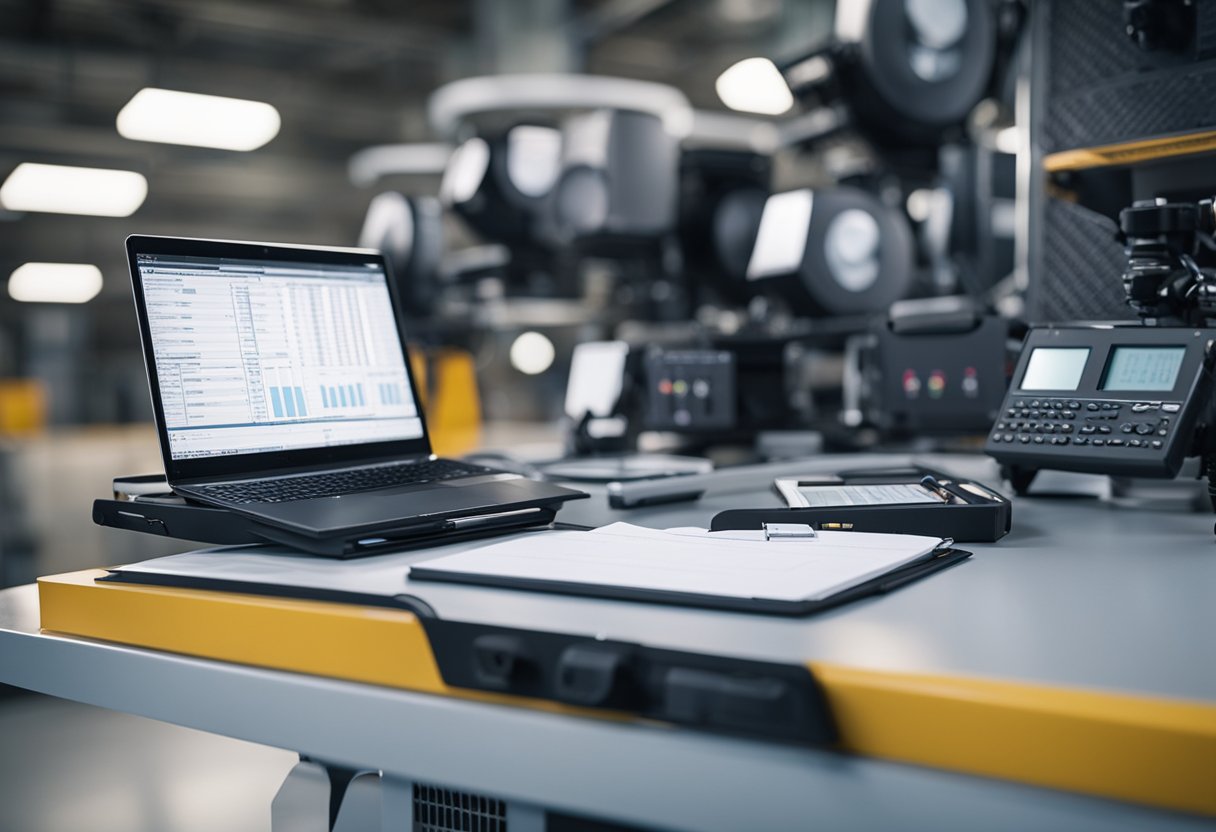
In orchestrating a space mission, we count on precise operations during the launch phase. This encompasses a series of methodical checks and balances to ensure the rocket and its subsystems are ready for a successful ascent into space.
Before we engage propulsion systems, our engineering team meticulously reviews the rocket’s components. This includes verifying structural integrity, fuel levels, and the functionality of onboard instruments. We conduct a comprehensive review of safety checklists derived from historical missions to guarantee no detail is overlooked.
We then proceed to pinpoint the optimal launch window, which is critical for the success of our space missions. Our experts analyse orbital mechanics and weather conditions to determine the best time for liftoff.
Finally, we establish a robust connection with ground control facilities. Our teams on the ground are integral for real-time monitoring and support during the rocket’s ascent. We align our mission operations plan with established best practices, including communication protocols and support from mission control centres.
We make certain that our launch operations are upheld by rigorous protocols and the collective expertise of our dedicated personnel to ascertain a seamless progression to the subsequent phases of the mission.

In preparing for space missions, collaboration is a pivotal element, especially when it relates to the complexities of managing a space station. Aligning international efforts, sharing resources and knowledge, and executing joint missions form the crux of a successful space operation.
We recognise the importance of international partnerships in the context of the International Space Station (ISS). Our astronauts join hands with colleagues from around the world, benefiting from diverse expertise and perspectives. Such coalitions facilitate the pooling of resources and intellectual contributions that bolster the ISS’s role as a global scientific laboratory.
Effective resource sharing among the ISS partners ensures that essential supplies, like food and scientific equipment, are available as needed. It involves detailed planning and allocation to support the long-duration missions on the station. Transparent communication is key to managing these shared resources without overlap or waste.
We engage in joint missions to maximise the scientific return of the ISS as a research platform. This collaborative effort often leads to groundbreaking discoveries in fields such as medicine, materials science, and environmental monitoring. A collective approach to mission planning allows us to tackle complex challenges and increase the overall efficiency of our time in space.
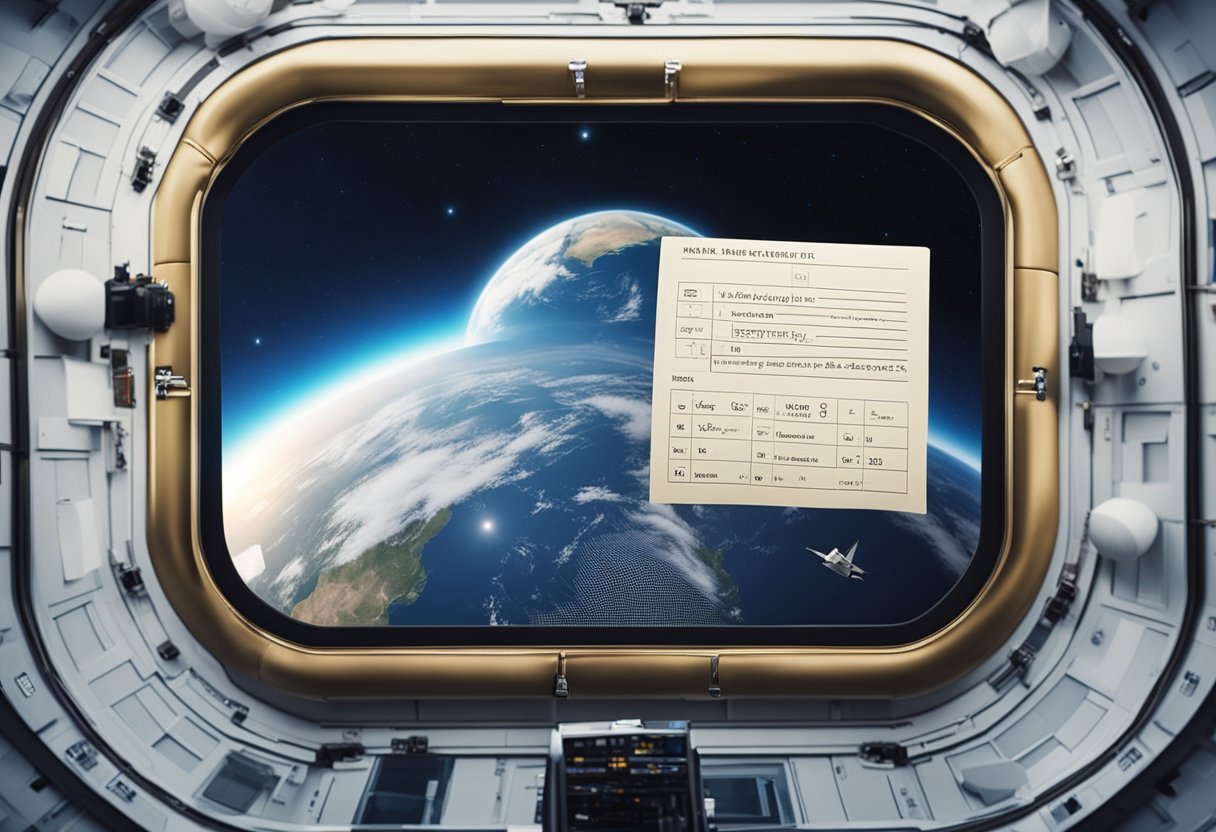
In space, the successful execution of on-orbit operations is critical to the mission. Our focus lies in the precise manoeuvring of spacecrafts and conducting routine maintenance with unwavering attention to safety and efficiency.
Attitude and Orbit Control Systems (AOCS): These are a complex assembly within spacecraft systems, responsible for maintaining the correct orientation and trajectory. Our engineers rigorously test and monitor these systems to ensure successful manoeuvring operations.
Maintenance Schedules: Essential for the longevity and safety of the spacecraft, we perform these checks on both internal systems and exterior structural components.
EVA Activities: Extravehicular activities are sometimes necessary for exterior maintenance tasks, reliant on astronauts’ training and dexterity under our careful supervision.
Note: The stability and functionality of the spacecraft are our top priorities during on-orbit operations, directly impacting the success of current and future missions, with potential implications for space tourism as envisaged by platforms such as SpaceVoyageVentures.com.

When a spacecraft concludes its mission, the return to Earth’s surface is a critical phase, which involves complex procedures to ensure the safety of both the spacecraft and its occupants. Our teams adhere to meticulous protocols during re-entry and subsequent recovery operations.
Control Systems: We ensure that the spacecraft’s control systems are finely tuned for precision manoeuvring as the craft enters the Earth’s atmosphere. Handling the re-entry angle is crucial; too steep and the spacecraft may burn up from harsh atmospheric friction, too shallow and it might skip off the atmosphere back into space.
Spacecraft Arrival: Successfully piercing the atmosphere, the spacecraft proceeds towards a splashdown in a predetermined area, often in the ocean. Our training allows personnel to efficiently swim or manoeuvre recovery vessels to reach the craft swiftly.
As the final step, the spacecraft and its inhabitants are retrieved from the sea, marking the end of a successful journey back to our home planet. Each element of the operation, from control systems management to the pivotal splashdown and the subsequent recovery, is executed with our unwavering commitment to precision and safety.
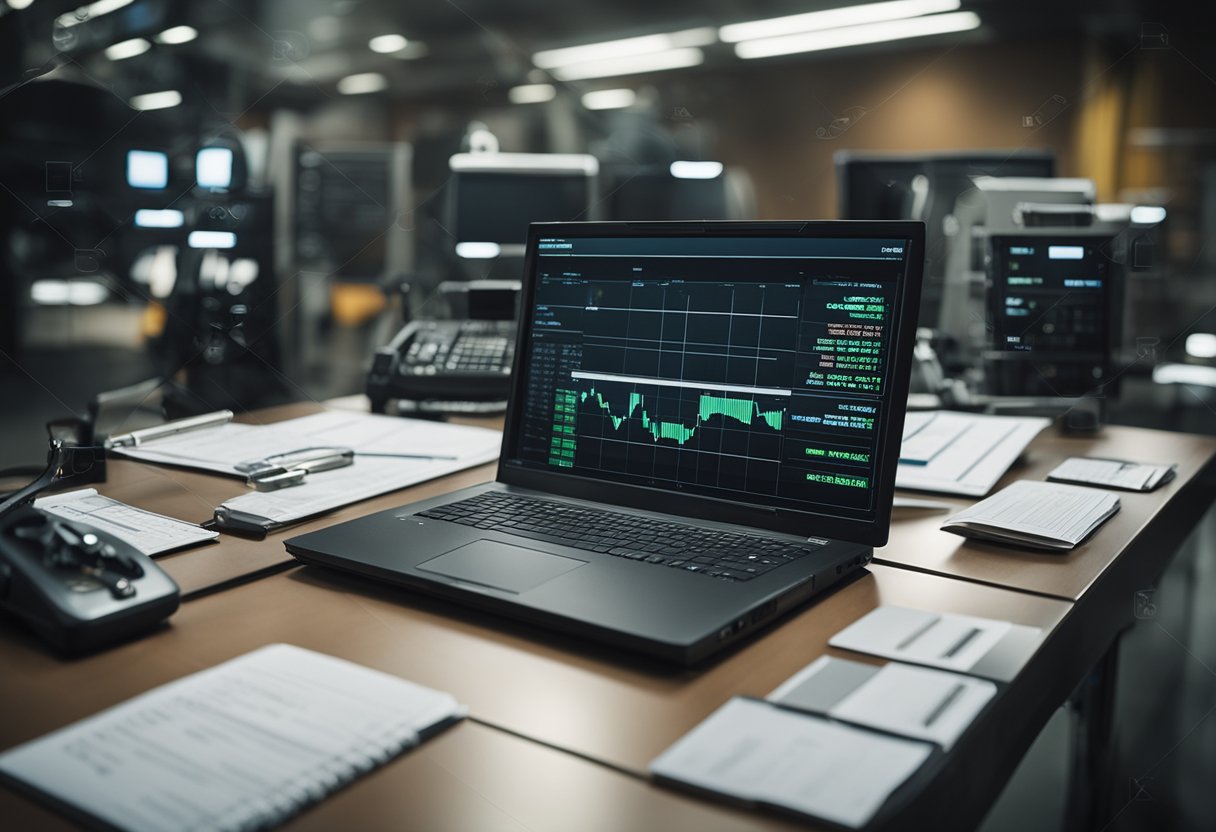
After the conclusion of space missions, we must scrutinise the data gathered and evaluate the technologies employed. This rigorous examination provides insights into the universe and boosts our scientific expertise.
The review of data is a meticulous process. We catalogue and analyse every piece of information retrieved during the mission to unravel the mysteries of the cosmos’ composition and mechanics. Our scientists meticulously examine the raw data, ensuring accuracy and integrity in our findings.
Our technology review serves as an essential feedback loop. By evaluating the performance of space-faring equipment, we refine our techniques and develop more robust systems. Drawing on the expertise of engineers and scientists, we identify successes and areas for improvement.
Every step in our post-mission examination is essential to expand our horizons in space exploration and contribute to the promising realm outlined by SpaceVoyageVentures.com.

In this section, we cover the intricacies of preparing for a space mission, detailing both the training astronauts undergo and the rigorous processes involved in the lead-up to a launch.
Preparation for a rocket launch involves a complex checklist that ranges from finalising the spacecraft design, testing all systems for functionality, and conducting simulations to loading the spacecraft with provisions and equipment. Safety checks are paramount and include weather assessments and system redundancies.
During a space mission, it’s essential to have life support systems, navigation tools, communication devices, and scientific equipment for experiments. Sufficient food, water, and medical supplies are also critical, as is the specialised attire suited for the harsh conditions of space.
The planning of a space mission is meticulous, starting with objective definition, mission design, and detailed scheduling. It entails coordination across multiple disciplines including engineering, navigation, communications, and collaborations with international partners.
A Space Shuttle’s main stages during launch include ignition and liftoff, solid rocket booster separation, external tank separation, and achieving orbit insertion. Throughout these stages, continuous checklists and protocols are rigorously followed to ensure safety and mission success.
Before giving the ‘all clear’ for launch, Mission Control follows strict protocols that involve system checks, weather condition evaluations, communication line tests, and ensuring all ground and flight crews are in sync and ready for the sequence of launch events.
Astronauts must meet rigorous requirements, including extended training in mission-specific tasks, spacewalk techniques, and operating the craft’s robotic arms. They also need to be adept in emergency protocols and physically fit to handle the stresses of space travel.